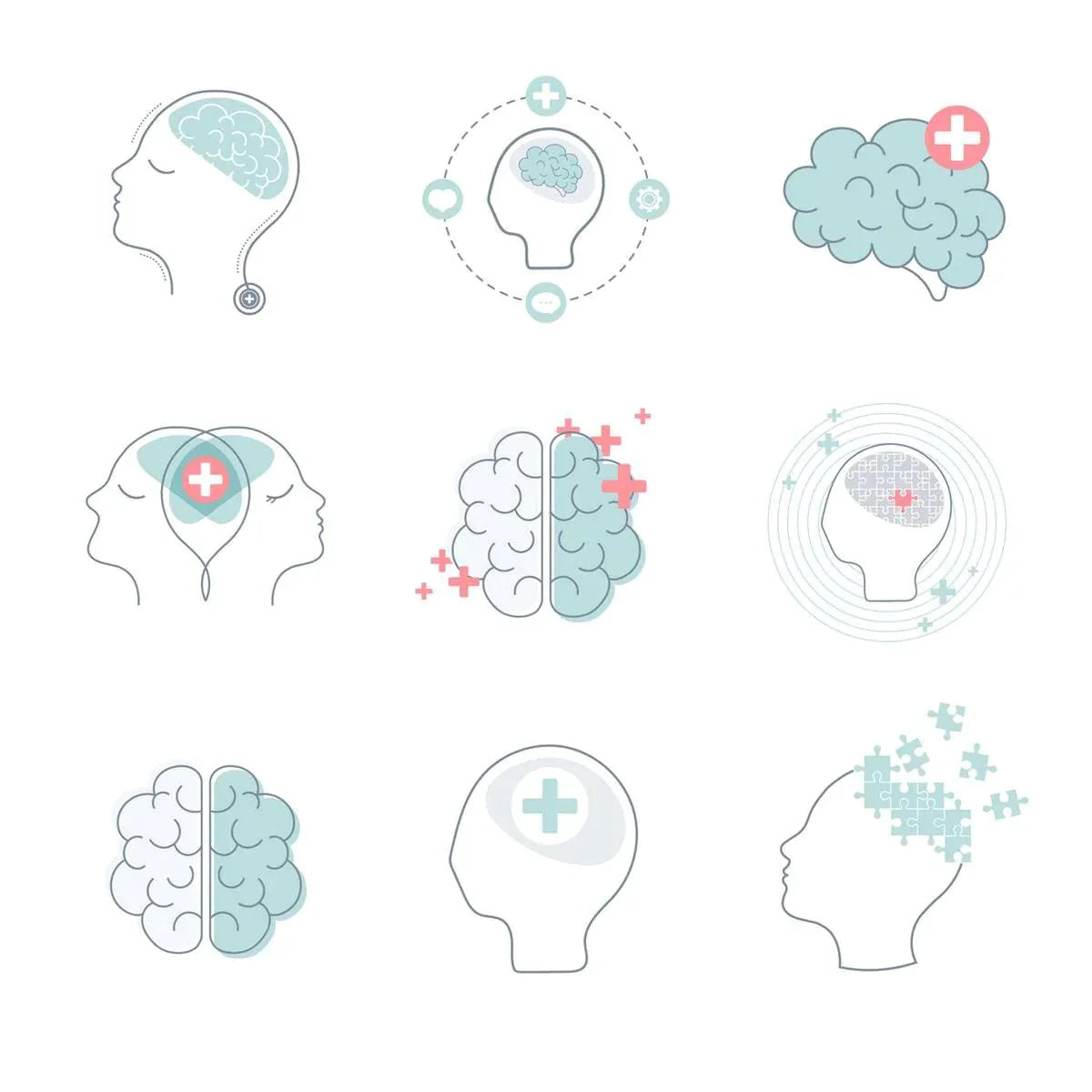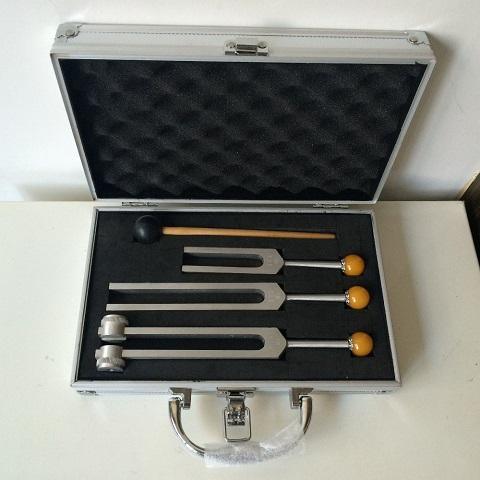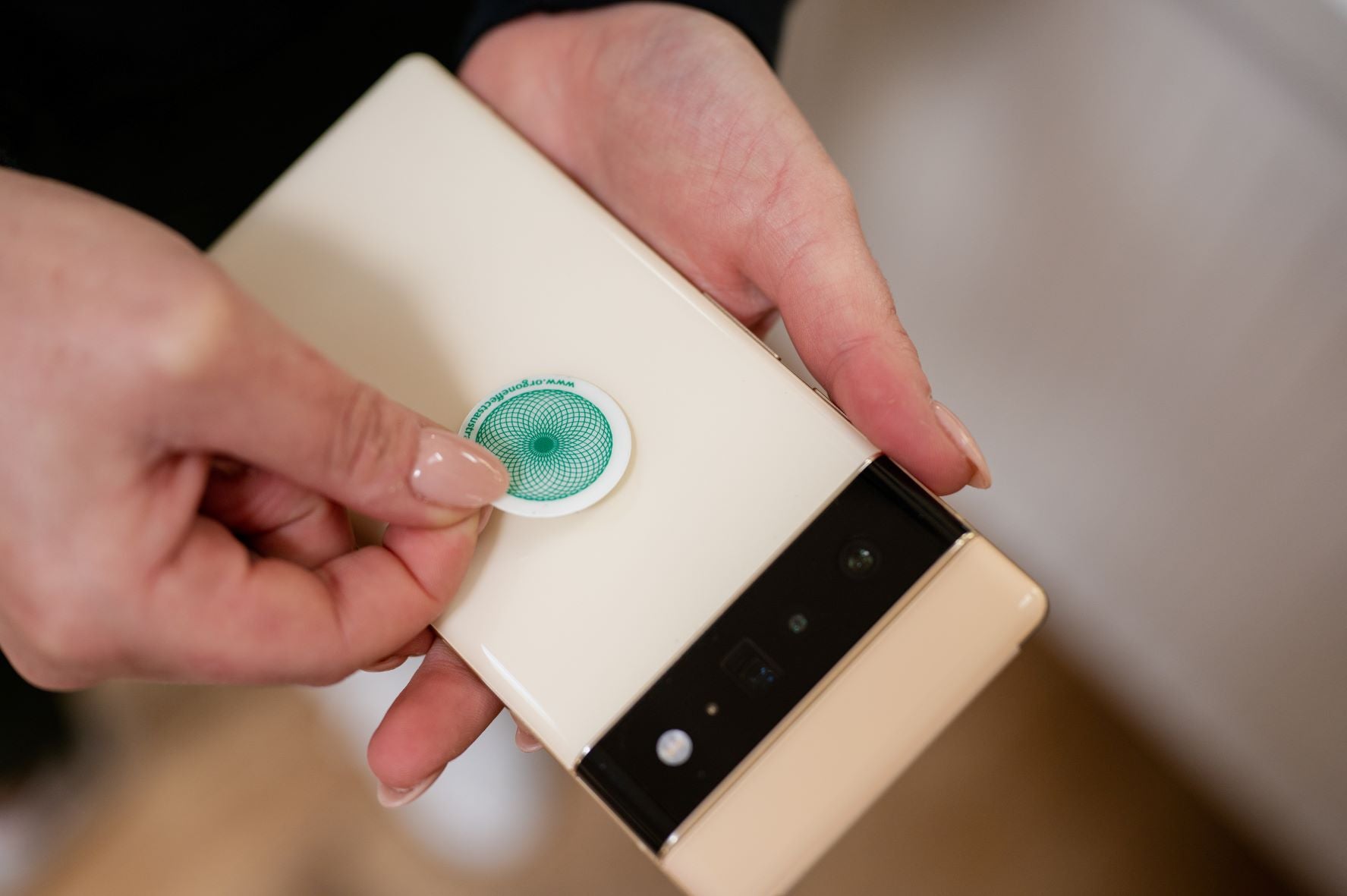4 Grounding Techniques for Anxiety
When anxiety, worry, panic, or stress seem to be taking over, you can use grounding techniques to become present in your safe reality, create a sense of calm, and combat stress. The grounding techniques for anxiety listed in this article have been shown to help decrease stress chemicals like cortisol, turn on the calming parasympathetic nervous system, and foster a greater sense of calm and peace.
![]()
Does Grounding Help Anxiety?
Grounding is an exercise that can help people suffering from anxiety pull away from unwanted memories, flashbacks, and challenging or negative emotions. These techniques can help distract victims from what they are experiencing and refocus on what is happening now.
Present Moment Awareness
This grounding technique can help people who are feeling detached from their bodies, who are feeling anxious or frozen like they’re numb or disconnected from themselves and it’s a pretty simple technique. You can do it by yourself, or you can do it with a partner, so take a minute and notice three things you can touch- so you might notice what your pants feel like and then reach down and touch something else.
What are the sensations that you can feel? Describe their texture and temperature or anything else about them. Now look around you and notice what are three things you can see? Describe three things you can see in the room. Next notice three things you can hear. Now notice your state of mind - do you feel more centered, calm, or grounded now than you did a few minutes ago. Do you feel calmer or more energized?
Using Posture to Regain Your Power
This grounding technique is also called straightening the back. Now, how we carry our bodies directly impacts our emotions. It’s really clear to think about how our emotions impact how we carry our bodies, so if we’re happy and proud we lift ourselves up. We look up if we’re feeling depressed, maybe we look down or hunch over, we make ourselves small and collapse in on ourselves. Now it’s clear to see how our emotions impact our body.
What most people don’t know is that our body impacts our emotions. We can impact our emotions by how we carry ourselves. We react to danger by collapsing our spine, crunching down, and hiding and this affects our posture. We can also carry ourselves in a bold and powerful way and lift ourselves up.
By changing our posture, we can remind our brain that we are strong and powerful and this can make it easier to manage our emotions and our experiences. By carrying ourselves upright, we can foster that sense of an internal locus of control or belief that we can have power over our own life.
To start this grounding technique, collapse your chest and body. Just hunch over and make yourself as small as possible. Act like you are just a limp rag and can’t even hold yourself up. Be aware of your body, just pause for a minute in that position and see what it feels like to be small, hunched over and collapsed.
So just take a minute and notice what that feels like. Be aware of your thoughts. Now say “I am Powerful” Now say “I am Happy” Say it again “I am Happy” Now, lengthen your spine slowly, stretch yourself up tall, expand your chest, pull back your shoulders, sit up straight.
Now you can wiggle a little, experiment and adjust until you feel like your spine is just lined up and straightened out. Now extend your head up a little higher. Be aware of how you feel, pay attention to your breathing. Be aware of your feelings and your mood, be aware of your body. What does your body feel like?
Now say “I am sad” “I am sad” say it again ‘I am sad" with your head up high. Does that feel weird? Our body and our brain really are connected and we can impact one with the other. So if you want to feel more powerful and more content in your life, you need to carry yourself in an upright posture. If we want to counteract shame, grief, or guilt, we need to actively carry ourselves in a way that’s more powerful, more self-controlled. So lift yourself up, lengthen your spine and acknowledge your own sense of worth and power.
Breath Counting
This grounding technique can be done in just a couple of minutes. To do this activity, all you need to do is find a comfortable place to sit or and lay down and close your eyes. Get yourself centered to take a couple of deep breaths and then begin counting your breaths.
So as you breathe in, when you exhale you count “One”, then you breathe in. When you exhale, count “Two”. You can count in your head or you can count out loud and you count all the way up on each. Exhale up to 5 and then once you reach 5, you start back again at 1. Once you get to 5, you go back to starting at one repeat this five times.
You’ll know that your mind is wandering if you catch yourself counting up to 8, 9, or anything higher than 5. This technique is a helpful way to keep you centered and can help you train your mind to focus on the present moment by maintaining this present moment awareness of your breath. This technique is called mindfulness, and it has been shown to be beneficial with anxiety disorders and many other mental functioning.
5 4 3 2 1 Sensory Grounding and Containment
What is the 54321 Method?
This technique assists you in developing the capacity to self-rescue from moments where you’re feeling upset and unable to settle your emotions easily. In this technique, you are encouraged to break your attention free from traumatic feelings, thoughts, and images by focusing on connecting with your external surroundings through the intentional use of your senses here and now with the goal of reducing upsetting anxious feelings.
Name out loud or in your mind make a mental note of five objects that you can see in the room you are in right now. Make certain that these are physical and not imagined objects. Now identify out loud or in your mind make a mental note of five real-world sounds that you can currently hear sitting in the room. The sound can be beyond the room, just make certain you’re able to perceive the sound of an air conditioner, tapping of a pen, squeaking of a chair.
Now identify out loud or in your mind, make a mental note of five things you can sense or feel. These are things like your breath moving in and out of the body, the feeling of your legs supported by the chair, or the sensation of a warm breeze.
Now identify four real-world objects that you can see in the room, they may be the same things or different from what you saw before. Identify those objects now. Now identify four sounds. Now identify for things you can feel or sense.
Now identify three real-world objects that you can see in the room. Now identify three sounds. Now identify three things you can feel or sense.
Now identify two real-world objects that you can see in the room you’re in now. Now identify two sounds. Now identify two things you can feel or sense.
Now identify one real-world object that you can see in the room. Now identify one sound. Now identify one thing you can feel or sense.
Now that you have completed this grounding technique, just notice what happened to the feelings of distress. Is it higher, lower, or the same, if you are not upset before and you’re feeling even calmer now. Notice that you can use this exercise wherever and whenever you feel it will help.




